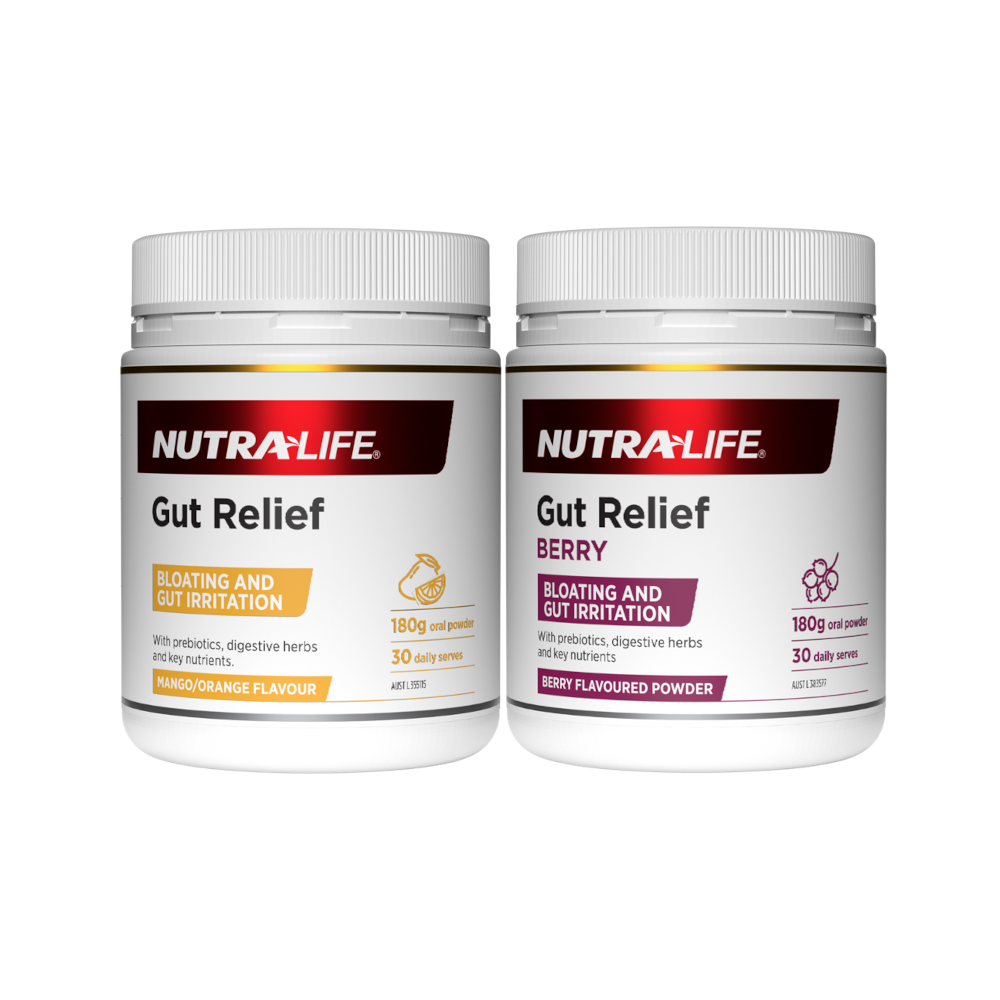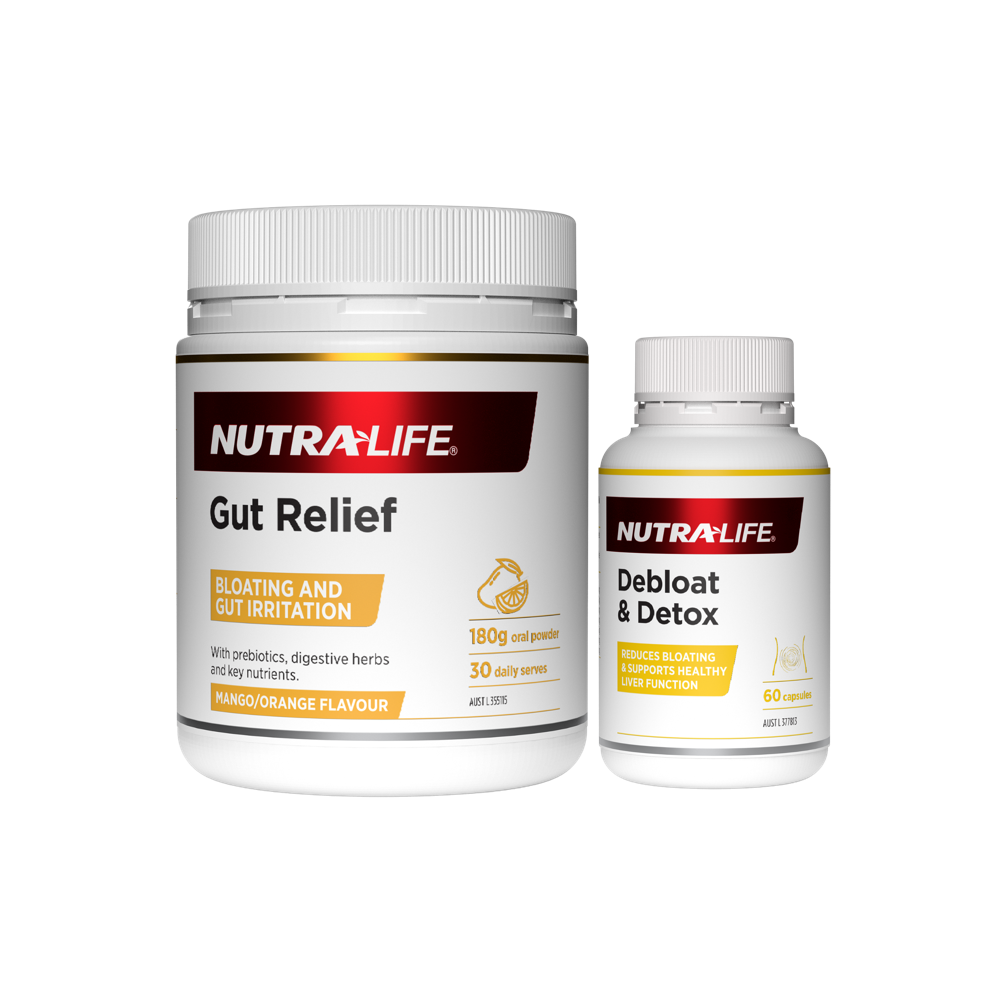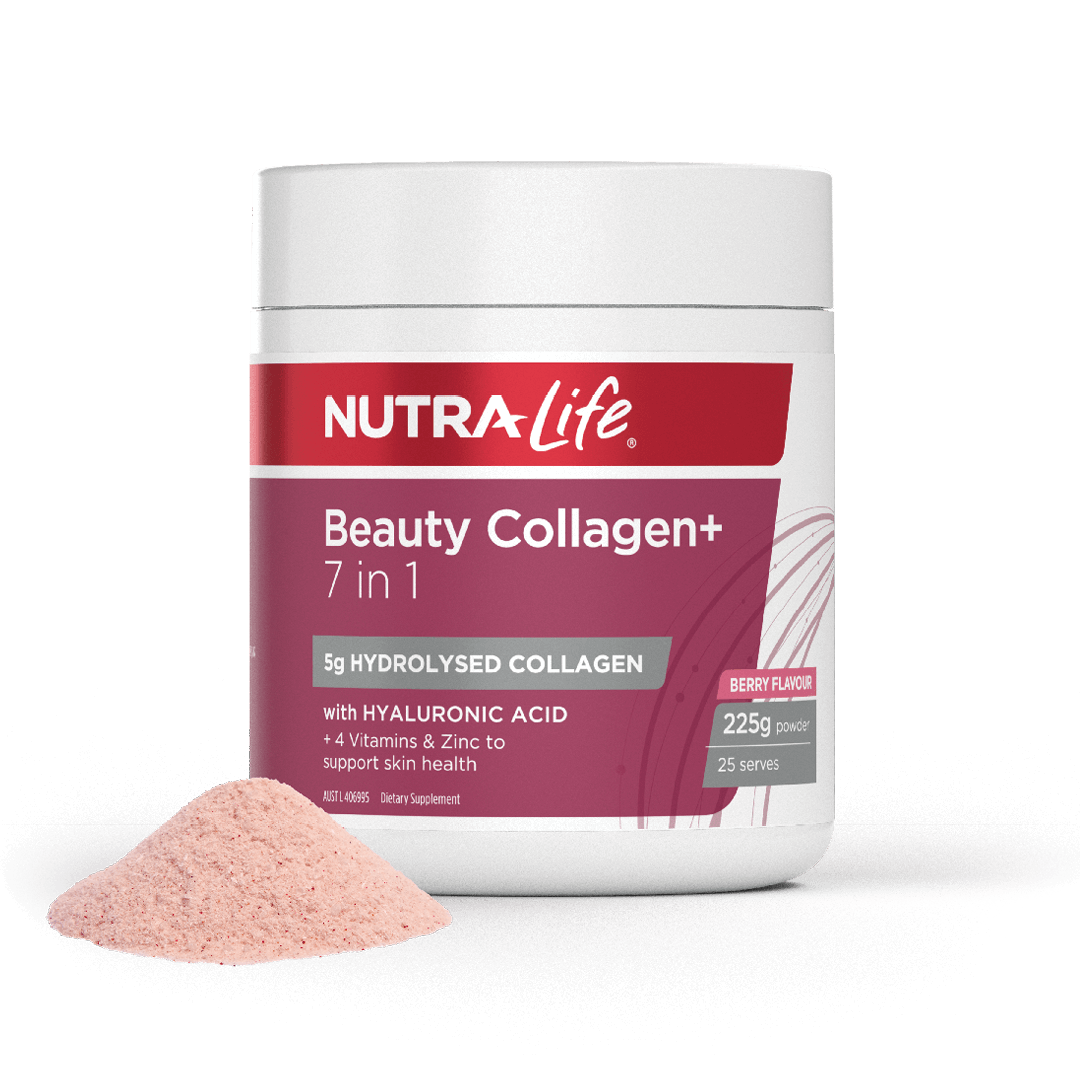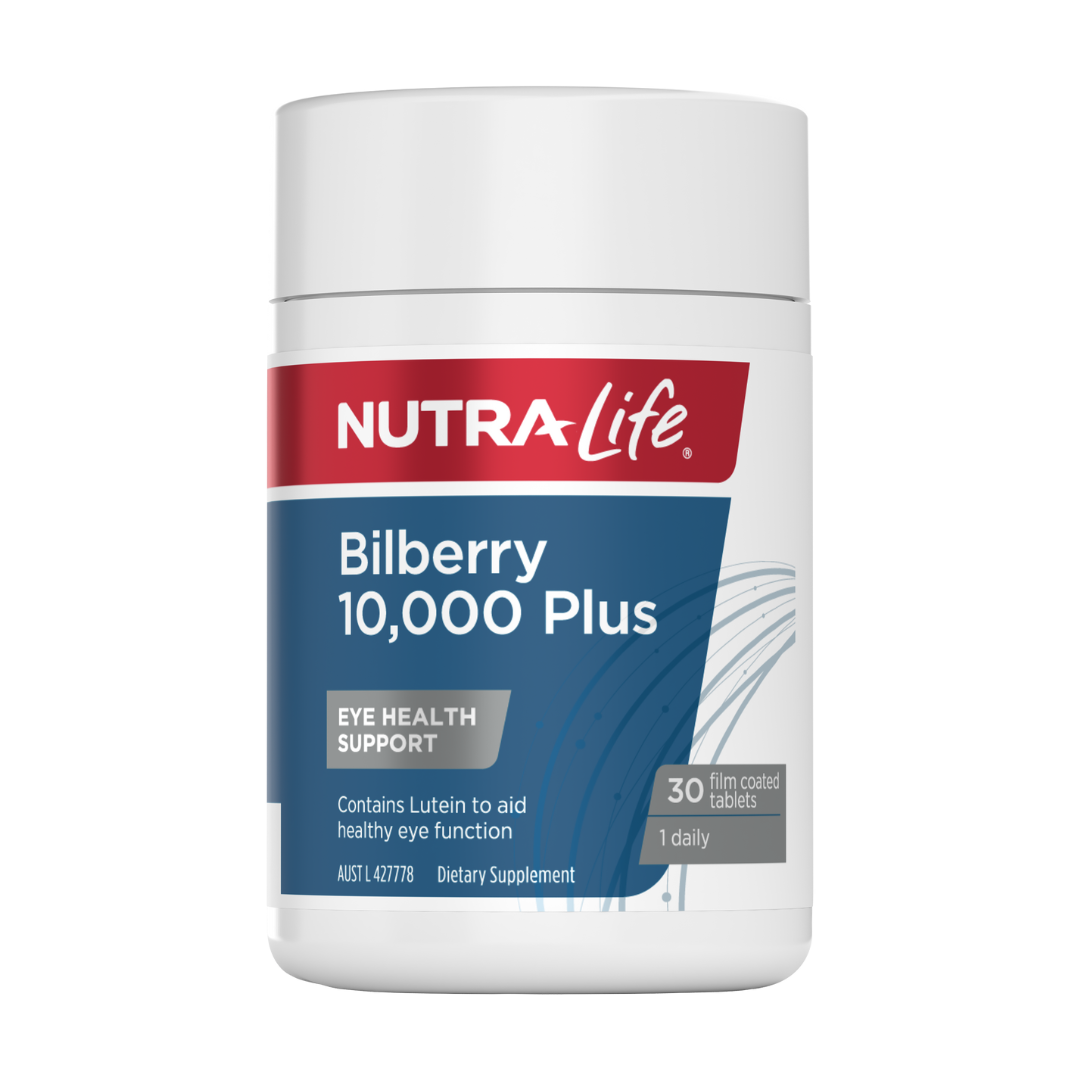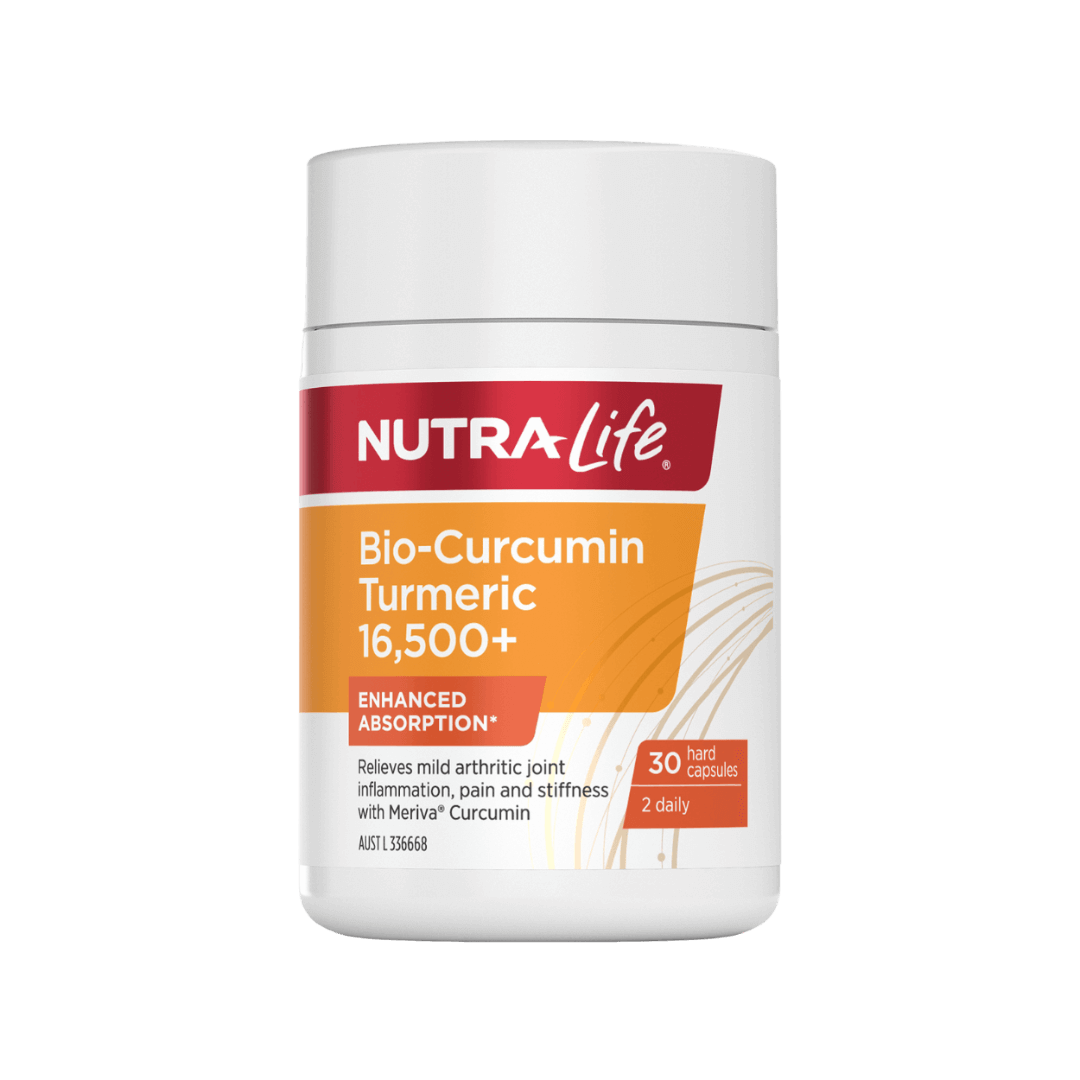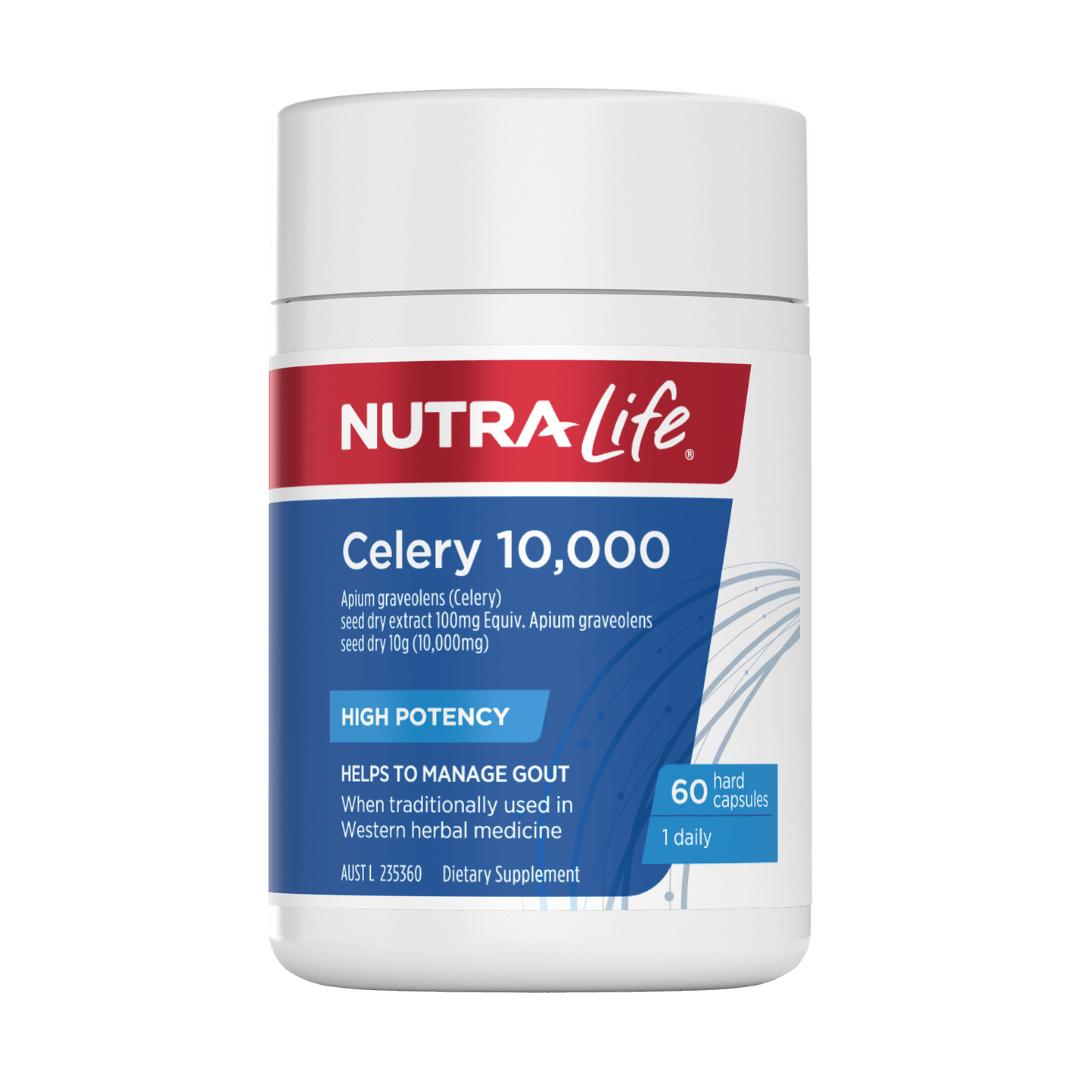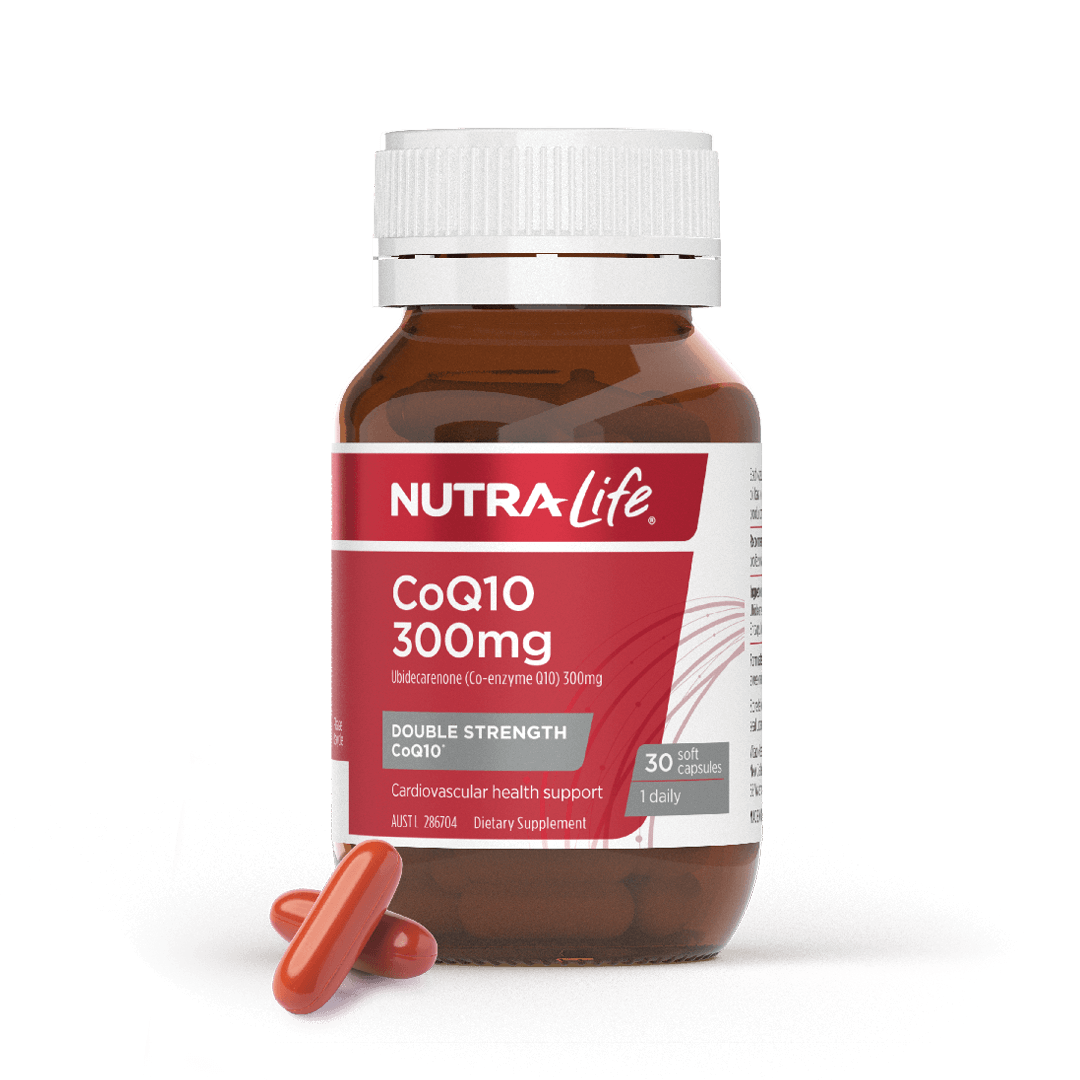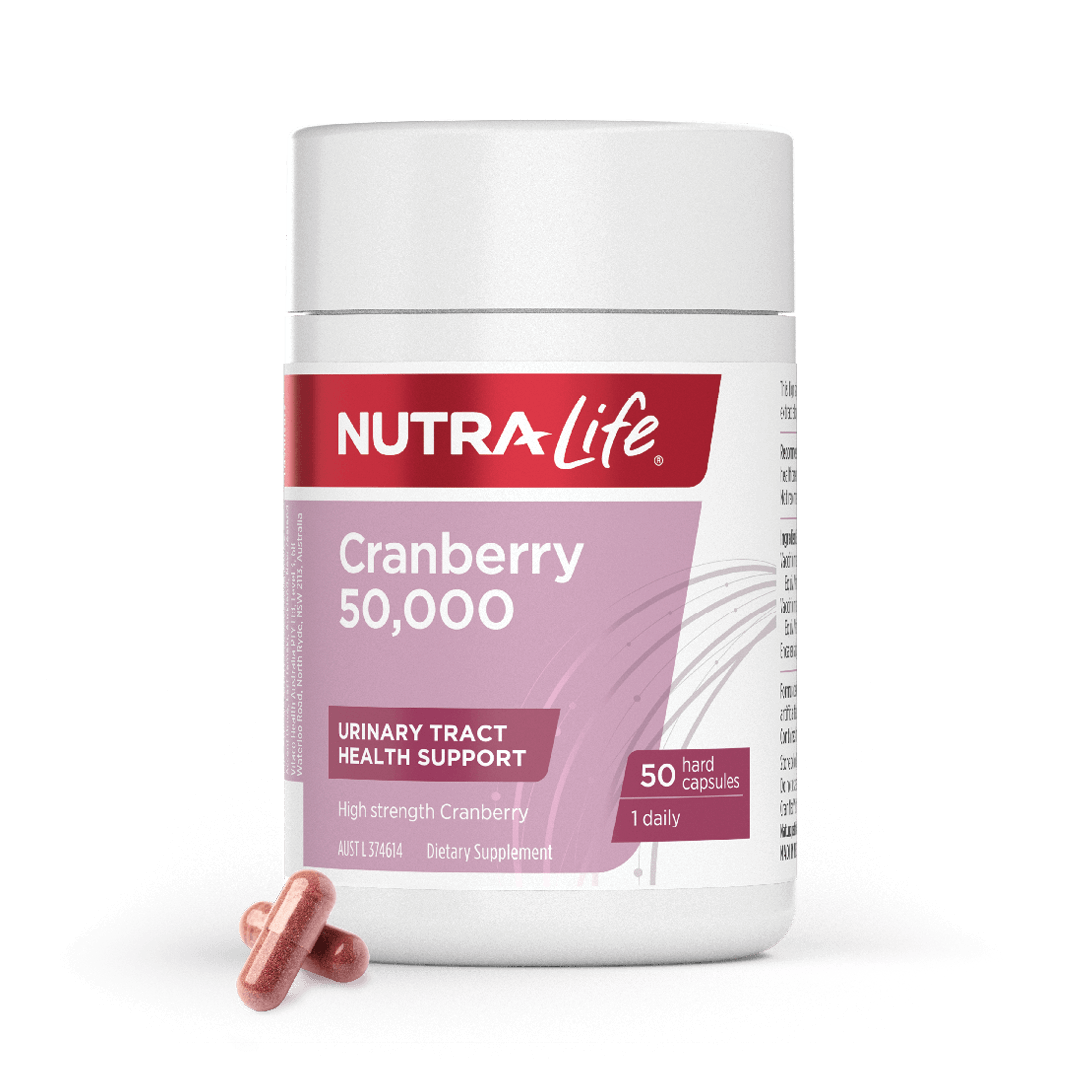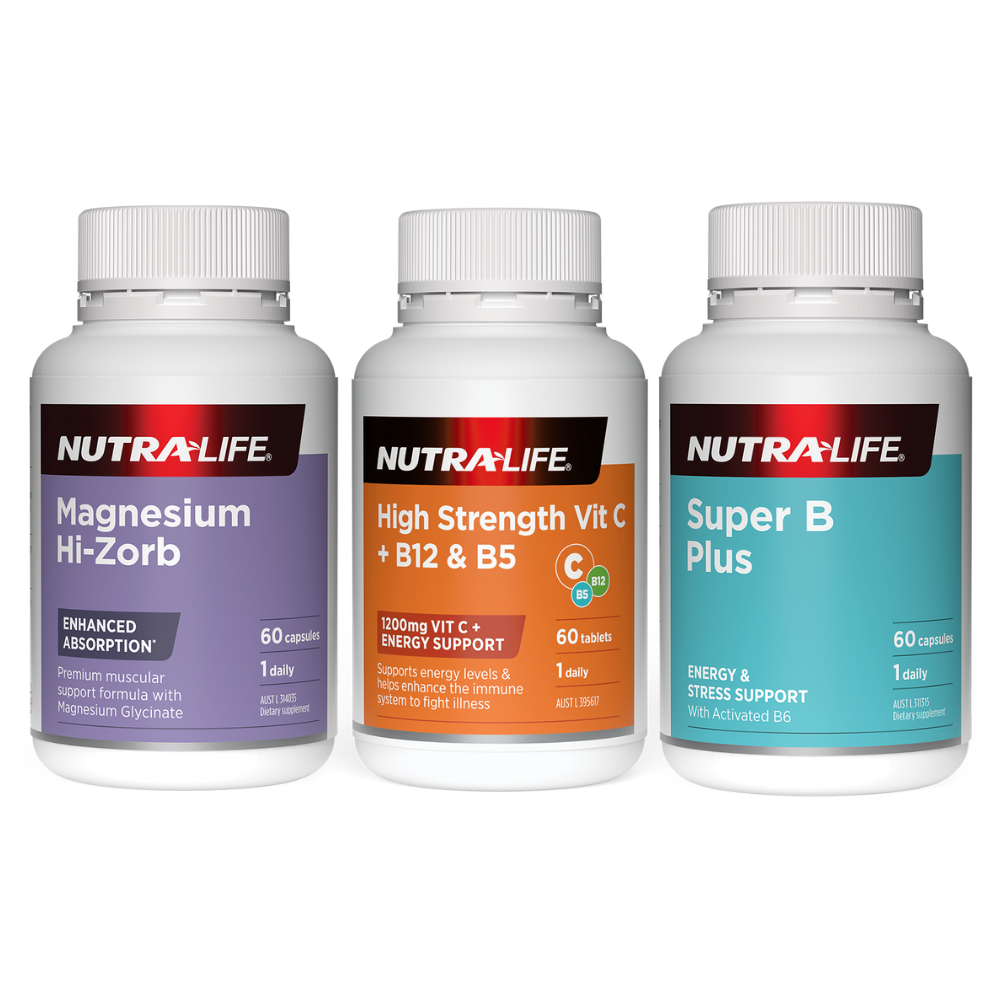Lactose intolerance is a common condition that primarily appears in adolescents and young adults. Studies indicate that around 65% of the global population experiences some level of lactose intolerance.[1]
Lactose intolerance can make consuming dairy products a challenging experience, causing discomfort and disrupting daily life. Fortunately, supplements like Nutra-Life Lactose Digest offers a solution for those who struggle with dairy digestion. This article explores how lactase enzymes work, signs you may need to take lactase, the benefits of Nutra-Life Lactose Digest, and tips on when and where to use it.
How Do Lactase Enzymes Work?
Lactase is a digestive enzyme produced primarily in the small intestine, specifically by the cells that line the intestinal wall. Its main function is to break down lactose, the disaccharide sugar found in milk and dairy products, into two simpler monosaccharides: glucose and galactose. This process is crucial because glucose and galactose can be easily absorbed into the bloodstream, providing energy and nutrients to the body.[2]
In individuals with lactose intolerance, the body does not produce enough lactase to effectively digest lactose. This deficiency can occur for several reasons, including genetic predisposition, age, or injury to the intestinal lining. As a result, when lactose-containing foods are consumed, undigested lactose accumulates in the gastrointestinal tract.[1]
The presence of excess lactose in the gut leads to fermentation by gut bacteria, a process that produces gases such as hydrogen, methane, and carbon dioxide. This fermentation process is responsible for the uncomfortable symptoms commonly associated with lactose intolerance, such as bloating, gas and diarrhoea.[1]
In some cases, individuals may also experience other symptoms such as stomach cramps, nausea, and an overall sense of unease after consuming lactose-rich foods. The severity of these symptoms can vary based on the amount of lactose consumed and the individual's level of lactase deficiency. Some people may tolerate small amounts of lactose without any issues, while others may experience symptoms with even trace amounts.
To manage lactose intolerance, individuals often turn to lactose-free dairy products or lactase enzyme supplements, which can help facilitate the digestion of lactose when consuming dairy products.
Do You Need to Take Lactase? (Signs and Symptoms of Dairy Intolerance)
Not everyone requires lactase supplements, but they can be a helpful option for individuals who experience symptoms of lactose intolerance after consuming dairy products.
Signs and symptoms of lactose intolerance manifest 30 minutes to 1 to 2 hours after ingesting milk (dairy) products.[2]
If you find yourself feeling unwell after dairy intake, it's worth considering the potential benefits of these supplements.
Common signs of lactose intolerance include:
- Bloating: This is characterised by an uncomfortable feeling of fullness or tightness in the abdomen, often accompanied by visible swelling. It occurs as undigested lactose ferments in the gut, leading to gas production.
- Gas: Many individuals with lactose intolerance report frequent or excessive flatulence after consuming dairy. This symptom results from the fermentation of lactose by bacteria in the intestines, producing gases such as hydrogen, methane, and carbon dioxide.
- Diarrhea: This symptom presents as loose stools or an urgent need to use the bathroom shortly after dairy consumption. The undigested lactose draws water into the intestines, resulting in increased stool fluidity and urgency.
- Stomach cramps: Pain or discomfort in the abdominal area is common among those with lactose intolerance. These cramps may range from mild to severe and can be a result of gas buildup and intestinal spasms.
- Nausea: Some individuals may feel queasy or nauseous after consuming dairy products. This can be linked to the body's reaction to the presence of undigested lactose in the digestive system.
If you regularly experience these symptoms after consuming dairy, taking a lactase enzyme supplement before meals may help alleviate discomfort. These supplements contain the lactase enzyme, which aids in the breakdown of lactose into glucose and galactose, facilitating easier digestion. By doing so, they can potentially reduce or eliminate the unpleasant symptoms associated with lactose intolerance, allowing you to enjoy dairy products more comfortably.
Benefits of Nutra-Life Lactose Digest
Nutra-Life Lactose Digest is specifically designed to help those with lactose intolerance enjoy dairy products without the associated digestive issues. Here are some of the key benefits:
- High strength: Features a high strength 10,000 ALU of lactase per chew
- Supports dairy digestion: Helps break down lactose in dairy products, allowing for easier digestion
- Reduces digestive discomfort: Minimises common symptoms like bloating, gas, and cramps after consuming dairy
- Convenient and easy to use: The supplement is easy to incorporate into daily routines and can be taken as needed before meals containing dairy
- Ideal for dairy lovers: Enables those who love dairy products to continue enjoying them without discomfort
- Delicious vanilla chew: Comes in a delicious natural vanilla flavour
When to Take Nutra-Life Lactose Digest
To maximise the effectiveness of Nutra-Life Lactose Digest, it's important to take the supplement just before or with your first bite of any meal or snack that contains dairy. This timing is crucial because the lactase enzyme in the supplement begins to work in your digestive system as you start consuming lactose. By doing this, the supplement helps break down lactose into glucose and galactose right from the outset, reducing the likelihood of experiencing discomfort associated with lactose intolerance.
If you anticipate consuming a larger amount of dairy - such as during a festive meal or when enjoying a variety of cheese and desserts - you may find it beneficial to take an additional dose. This extra dose can provide enhanced support, ensuring that your body has sufficient lactase to effectively digest the lactose present in the food you're consuming.
Recommended Dosage
For optimal results with Nutra-Life Lactose Digest, follow these dosage guidelines:
- Chew 1 tablet just before consuming dairy: Taking the tablet at this time allows the lactase enzyme to become active in your digestive system right as you start eating. Chewing the tablet can also enhance its absorption and effectiveness
- Repeat the dose if you continue to eat dairy after one hour: If your meal extends beyond an hour and you are still consuming dairy products, you can take another tablet to maintain the breakdown of any remaining lactose. This helps to manage symptoms effectively, especially during prolonged dairy consumption
- Maximum daily dose - 5 tablets: It's important not to exceed the recommended maximum of five tablets in a single day. This dosage guideline ensures that you receive adequate enzyme support without overloading your digestive system. Spacing out the doses as needed throughout the day allows you to enjoy various dairy products while minimising the risk of lactose-related discomfort
Where Can I Buy Nutra-Life Lactose Digest?
Nutra-Life Lactose Digest is widely available at most pharmacies and through online supplement retailers. For added convenience, online purchases allow you to have the product delivered right to your door.
For those with lactose intolerance who choose to consume dairy, Nutra-Life Lactose Digest may help ease digestive discomfort by supporting lactose digestion. This supplement can offer relief, allowing you to enjoy dairy with greater comfort when you decide to include it in your diet.
References:
[1] Malik, F, T and Panuganti, K, K, 2023, Lactose Intolerance, https://www.ncbi.nlm.nih.gov/books/NBK532285/
[2] Lactose intolerance: Learn More - Causes and diagnosis of lactose intolerance, 2022, https://www.ncbi.nlm.nih.gov/books/NBK310263/



